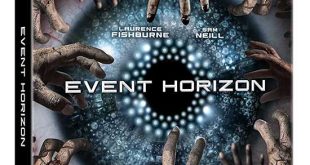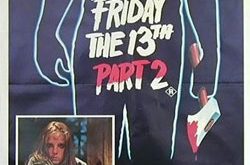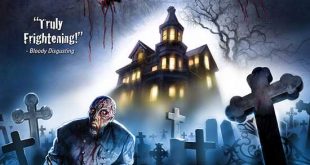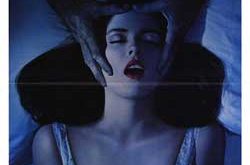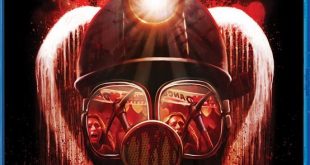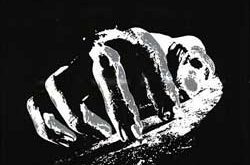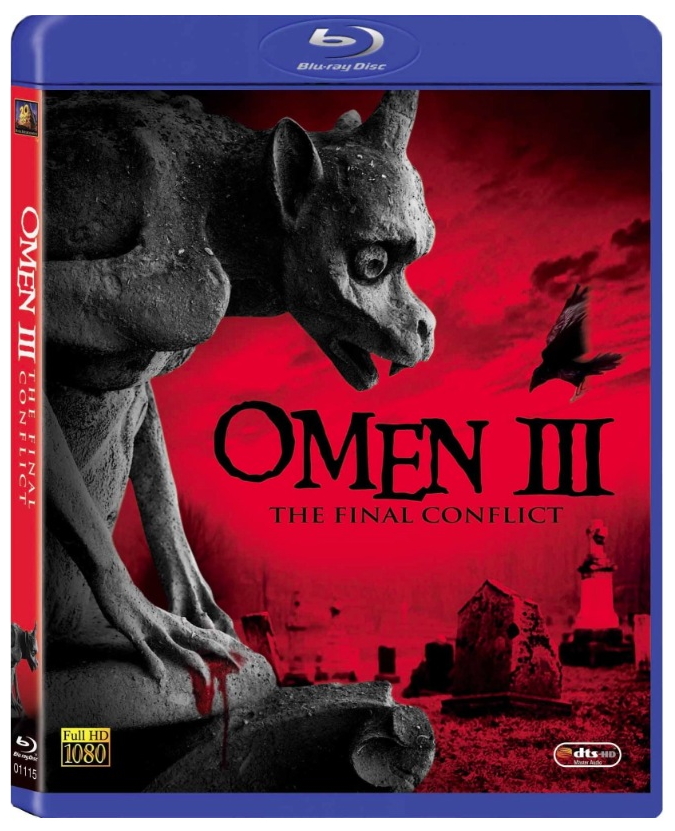
SYNOPSIS:
“Damien, the Antichrist, is a thirty-something CEO of a huge multinational corporation and the new ambassador for Great Britain (Scotland, England & Wales), but he lusts for control of the world. The Dark One’s only enemies are seven monks sworn to Damien’s destruction with sacred daggers forged for that one purpose. As the monks hunt Damien, he orders the systematic elimination of recently born boys, one of whom he believes is the Second Coming of Christ reborn. Will good or evil triumph?” (courtesy IMDB)
REVIEW:
In 1976 audiences watched as the tortured Father Brennan (Patrick Troughton) warned a disbelieving Robert Thorn (Gregory Peck) of his infant son’s true identity with the words, “When the Jews return to Zion and a comet rips the sky, and the Holy Roman Empire rises, then you and I must die.” These words and the subsequent death of Father Brennan find Thorn and his wife Katherine (Lee Remick) caught up in a web of seemingly inexplicable tragedies culminating ultimately in both their deaths. The infant Damien Thorn (Harvey Spencer Stephens) lives, and the struggle has begun. At thirteen years of age, young Damien (Jonathan Scott-Taylor) leaves London to take up residence with his Uncle Richard and Aunt Ann (William Holden & Lee Grant). Richard Thorn is the head of Thorn Industries, a powerful international corporation headquartered in Chicago. Damien attends Davidson Military Academy nearby in the company of his cousin Mark (Lucas Donat), who is about the same age as he.

On a worldwide level, the stage is set for the terrible holocaust to be known as Armageddon, the end of the world. Much of the biblical prophecy has already been fulfilled: the Jews have returned to Zion; a comet has swept across the skies; and scholars interpret the rise of the Roman Empire to mean the formation of the European Common Market. Within Thorn Industries there rages a power struggle, seemingly unrelated to Damien, as corporate president Bill Atherton resists a plan espoused by ambitious young executive Paul Buher (Robert Foxworth), which would give Thorn Industries control of land in starving nations, by using advanced agricultural technologies to grow an abundant supply of food for these nations. To Bill Atherton (Lew Ayres) the plan smacks of abusive power, and his beliefs lead to his death. Meanwhile, a shipment of artefacts found in Israel’s ancient Beloir Castle is anticipated by Charles Warren (Nicholas Pryor), the curator of the renown Thorn Museum.
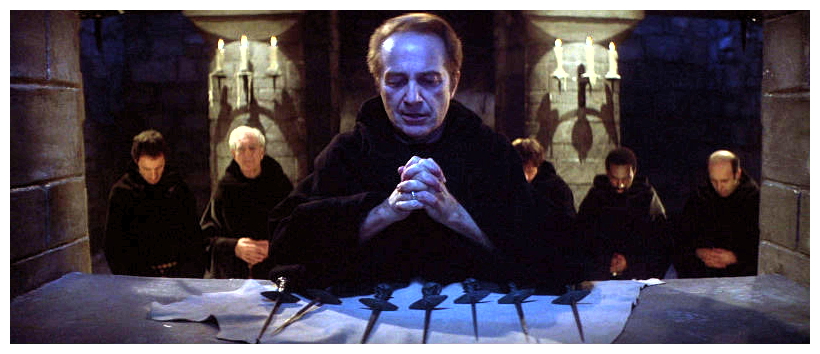
While they await for the arrival of the artefacts, a young journalist who has seen the relics tries to arrange an interview with Richard Thorn in a futile attempt to pass on the information found by his brother in his search for the truth about his son. She, like the others before, is killed. With the arrival of the artefacts, it is the distraught Warren who carries the message to the senior Thorn, “From the eternal sea he rises, creating armies on either shore, turning man against his brother until man exists no more. I have seen the wall! You must see the wall!” Damien is becoming a man, and all will be clear to him soon. According to the Book of Hebron, “The Beast shall reign one hundred score and thirty days and nights. Out of the Angle Isle he shall bring forth a deliverer who shall battle with the Beast.” For ‘Angle Isle’ read Britain, for ‘Beast’ read Damien Thorn, and the ‘battle with the Beast’ is The Final Conflict (1981), the final chapter of The Omen (1976) trilogy.
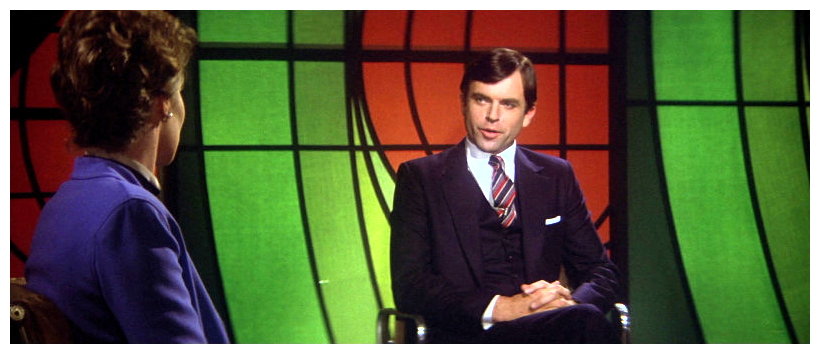
This chilling saga continues with Damien (Sam Neill), now a grown man at the age of 33, head of the gigantic Thorn Corporation, Ambassador to the Court of Saint James and, as advisor to the President of the United States, one step away from the most powerful position on Earth. In The Final Conflict we see the adult Damien pursue his diabolical mission on a global scale, using his lofty position to bring the world to the brink of chaos. The war between good and evil begins amidst the ruins of the old Thorn museum in Chicago, where the seven daggers of Meggido are discovered. These daggers, the only elements capable of destroying the Antichrist, find their way to the stark, crumbling Subiaco Monastery in Northern Italy, and into the hands of seven monks dedicated to eliminating infinite evil and preserving the world for the Second Coming. Led by Father DeCarlo (Rossano Brazzi), the seven men set out for London, where Damien Thorn has just been appointed Ambassador.
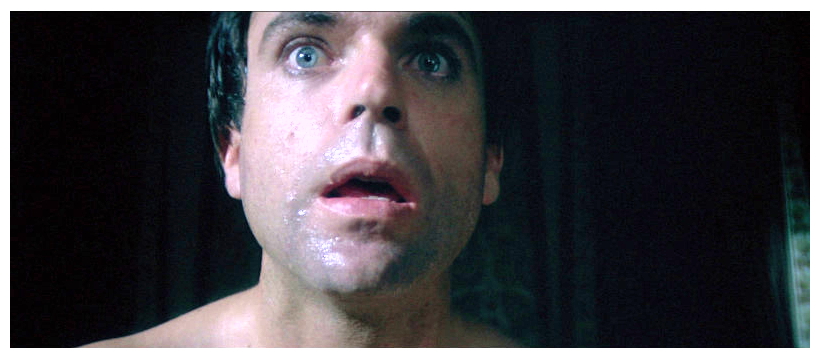
In the ensuing days, six monks try and fail to kill Damien with one of the sacred daggers – one by one they fall to the demonic powers of evil. Their mission carries DeCarlo’s disciples to the beautiful countryside of Cornwall, some five hours travel from London, where Damien is taking part in a fox-hunt. It is there that two of the monks try to kill Damien, only to be confronted and destroyed by him. Back in London, Damien is interviewed by television journalist Kate Reynolds (Lisa Harrow), who is taken by Damien’s apparent warmth and charm. Her son Peter is equally taken by Damien, but with the sinister side of the man. Although Damien is the personification of mankind’s darkest impulses, an incarnation of pure evil, the character emerges with human dimensions as well. Initially the pragmatic Kate refuses to believe that she and her son have come under the shadow of the man who is actually the Antichrist, even when confronted with the evidence of Damien’s vainglorious intentions.
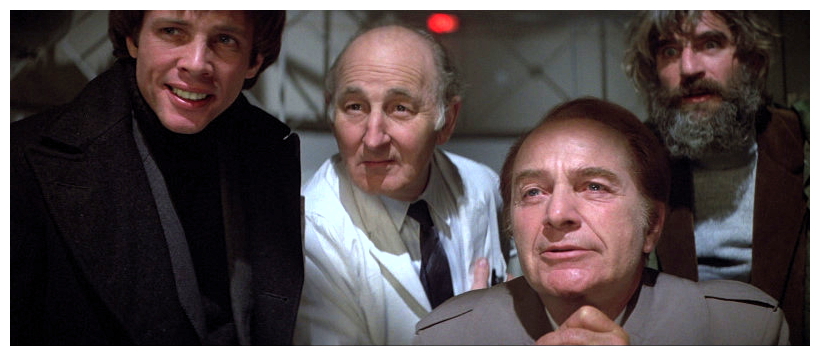
Finally though, she realises that she has but one choice, to help Father DeCarlo complete his holy mission and thwart Damien. DeCarlo learns that the long-awaited Second Coming has indeed happened, and that a new Saviour has been born. Damien, in a perverted echo of biblical times, orders his assistant to carry out a horrifying plan to destroy the new Messiah, whoever he might be. When DeCarlo learns of the plan, he joins with Kate to stop the evil Damien once and for all. The suspenseful climax of The Final Conflict was filmed at the spectacular ruins of Fountains Abbey, a 12th century monastery in North Yorkshire. An abbey of the Cistercian Order, it was established in 1132, the last period of construction more than 400 years ago. Its eerie remains, ghostly yet majestic and awe-inspiring, provide a perfect setting for the final moments on Earth of Damien Thorn.
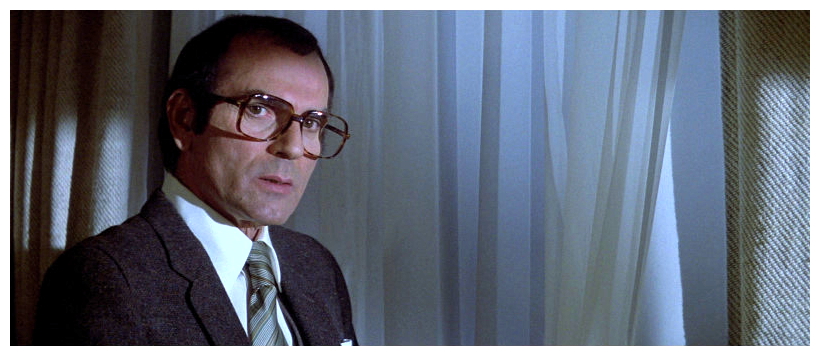
One of America’s foremost independent film producers during the seventies and eighties, Harvey Bernhard has been the leading creative force behind all The Omen (1976) films. The first was conceived at a lunchtime meeting with a friend who was a born-again Christian, who asked if he had read the Book of Revelations. The book foretells the coming of armageddon, the final confrontation between the forces of good and evil, set off by the birth of the Antichrist, the son of Satan, in the form of a human who, at the outset, will be greeted by mankind as a saviour before the extent of his evil motivations are revealed. Many biblical scholars have noted that the conditions of the prophecy can be slotted into our times now: the Jews have returned to Zion; comets come and go, and the European Common Market has been formed. What if these signs did indeed signal the coming of the Antichrist through whom Satan would wage his last and formidable offence?
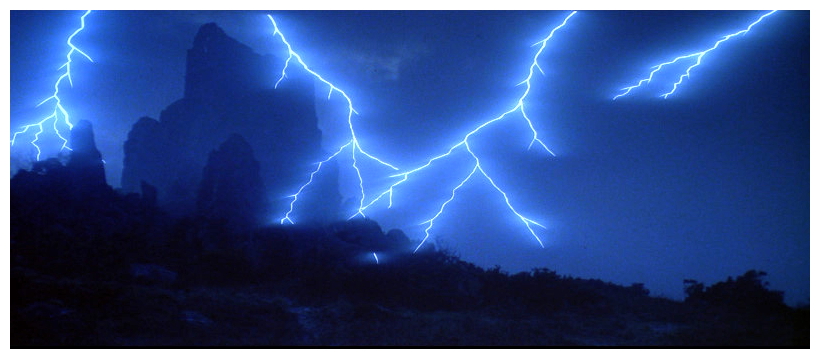
How would the fact of his being the son of Satan concealed until the right moment? To whom would he be born (or placed with) until he reached adulthood? What would the consequences be to the people who raised him thinking he was just an ordinary child? How would his being in a position of ultimate worldly power be assured? “Right there and then I started scribbling a rough treatment. When I had it down, I phoned screenwriter David Seltzer and asked him to write it.” The Omen was a phenomenal success, the highest grossing film of the year, and led Bernhard to Damien: Omen II (1978) which was based on his own original story and that, in turn, led to The Final Conflict. Born in Seattle, Washington, Bernhard worked in real estate for a time, then moved to Las Vegas where he developed the city’s first lounge acts as an addition to the other entertainment operations at the major hotels. In 1956 he went into partnership with Sandy Howard to produce local live television shows.

Later he became the executive in charge of production for David L. Wolper‘s company, supervising classic American TV shows such as Hollywood & The Stars (1964), National Geographic (1965) and The Rise & Fall Of The Third Reich (1968). “If there was an Antichrist, to have a large following he would have to be the most handsome, charismatic, brilliant, wealthy and popular leader in the world. Damien Thorn is all these and more. I must have seen just about every young actor there is, I’d spent six months on a talent hunt.” In fact Jack Nicholson, Marlon Brando and Gene Hackman were all considered for the part of Damien until the decision was taken to make the character a much younger man. Then actor James Mason saw Sam Neill in the Australian period drama My Brilliant Career (1979) and, quite unsolicited, wrote letters recommending him to various film producers. Bernhard invited Neill to London for a screen test. “As soon as I saw him on film, I knew I had found the actor I was looking for.”
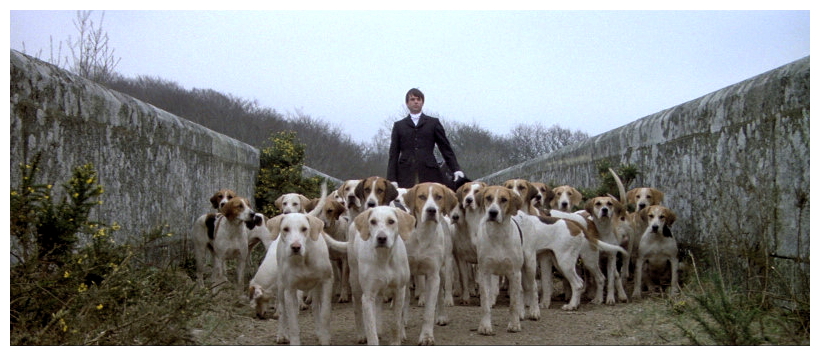
Damien and his outwardly urbane easy-going facade was a fascinating challenge for Neill, who began his acting career in New Zealand in the late sixties. “I had to be quite careful to make Damien an amiable kind of man, very smooth in action and appearance. At the same time I had to let his true inner nature show through. He is the human son of Satan, fully and totally committed to his father but, just as Mary Magdalene represented temptation to Jesus, so Kate represents temptation to Damien. She awakens human feelings within him and could so easily lead him astray from his insidious mission, his inglorious destiny.” Kate Reynolds, the journalist who falls in love with Damien with ominous consequences for herself and her son, is described by actress Lisa Harrow as the catalyst in Damien’s destiny: “Kate is a normal woman, typical of many women today. She’s hard-working and trying to raise a son alone. She’s not necessarily looking for man to be involved with but, when she meets Damien, she sees the possibility of an inviting relationship. Kate is so captivated by his facade that she doesn’t see beneath it or realise the dangerous effect he is having on her son.”
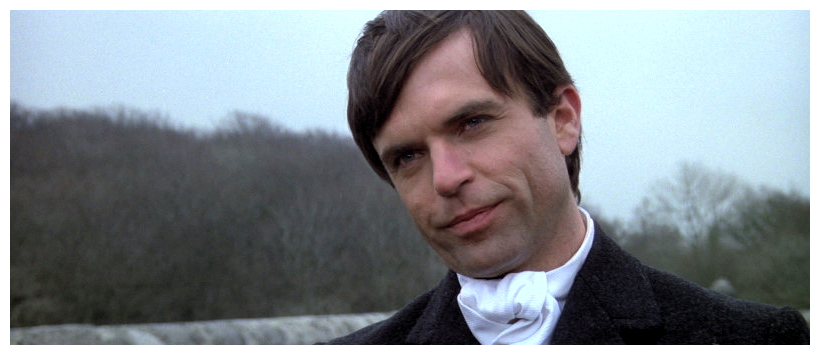
Harrow, like Neill, was born in New Zealand, and the two actors eventually married to produce their only son Tim Neill. Harrow is probably most famous for playing the first woman to take her seat in the House Of Commons in the BBC television drama Nancy Astor (1982). Her first film role was in the Italian film The Devil Is A Woman (1974) and went on to star in several dozen television productions, including Space: 1999, Star Maidens, 1990, Dr. Jekyll & Mr. Hyde, Lizzie’s Pictures, and Kavanagh QC. Playing the role of Harvey Dean, personal aide to Damien Thorn, is Don Gordon, who said at the time, “I’ve been at it for 27 years and still striving for perfection.” If his face looks familiar, it may be for the fact that in 1948 he won a role in the science fiction series Space Patrol, for which he garnered a whole five dollars per episode, and went on to star in not one but two Twilight Zone episodes, and two Outer Limits episodes. Films include The Beast From 20,000 Fathoms (1953), Z.P.G. (1972), The Towering Inferno (1974), The Beast Within (1982), The Exorcist III (1990) and Legion (2016).
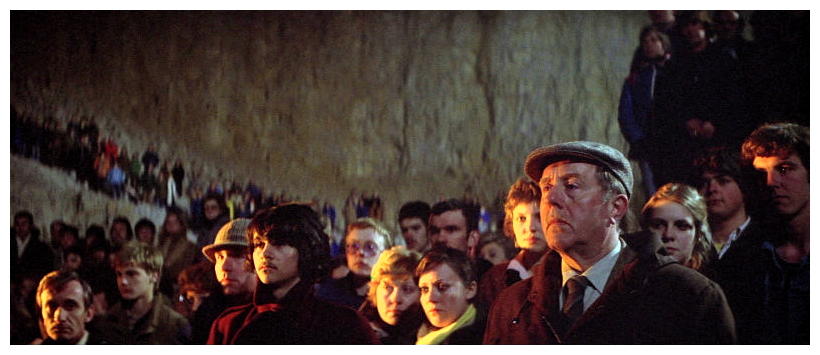
Other actors to keep an eye out for include prolific British character actor Norman Bird, Roger Corman regular Hazel Court (her final film) and comedienne Ruby Wax in smaller roles. Richard Donner, who directed the first film in the franchise, was asked to helm The Final Conflict, but he was at that time plagued with legal problems involving Ilya Salkind and Alexander Salkind after being sacked from Superman II (1980), and The Final Conflict became Graham Baker‘s first film as director. Fresh from British television, he went on to direct only half-a-dozen films, including Alien Nation (1988) and Beowulf (1999): “I was first shown the screenplay by Andrew Birkin, with whom I had been associated on several earlier projects. I was immediately impressed with the story and the multi-faceted characters. Another plus was the fact that, potentially, it could be a major worldwide success like the previous two Omen films.”
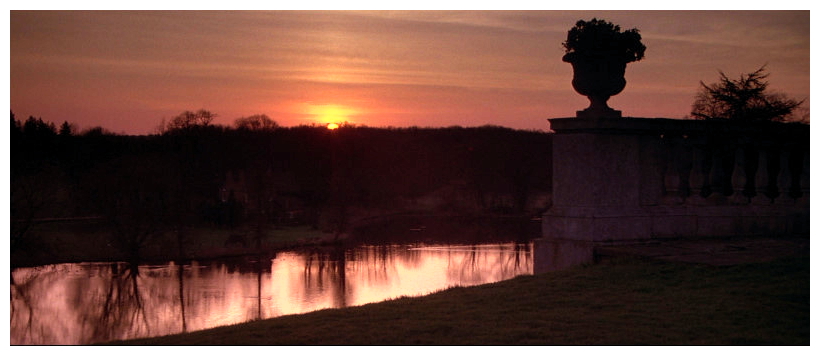
So impressed was producer Harvey Bernhard with Birkin’s screenplay of The Final Conflict and his general filmmaking knowledge, that he appointed Birkin as the film’s associate producer. Birkin abandoned his university education at sixteen to enter the film industry as a tea-boy, working on numerous films in various capacities, including two years as an assistant director on Stanley Kubrick‘s 2001: A Space Odyssey (1968). As a final artistic touch, composer Jerry Goldsmith, who won his only Oscar for The Omen (1976), once again provides the dramatic musical soundtrack for The Final Conflict. Goldsmith’s score is missing the popular Ave Santani song from the first two films, as well as the Gregorian chant and the chilling Latin black mass whisperings which augmented the first two movies. The idea of the final ending of Damien Thorn is quite creative, and Sam Niell fills the role quite satisfactorily, exuding an aura of amoral humanity (one good sequence has Damien describing man as being naturally evil, claiming that God seeks to keep man from becoming truly innocent).
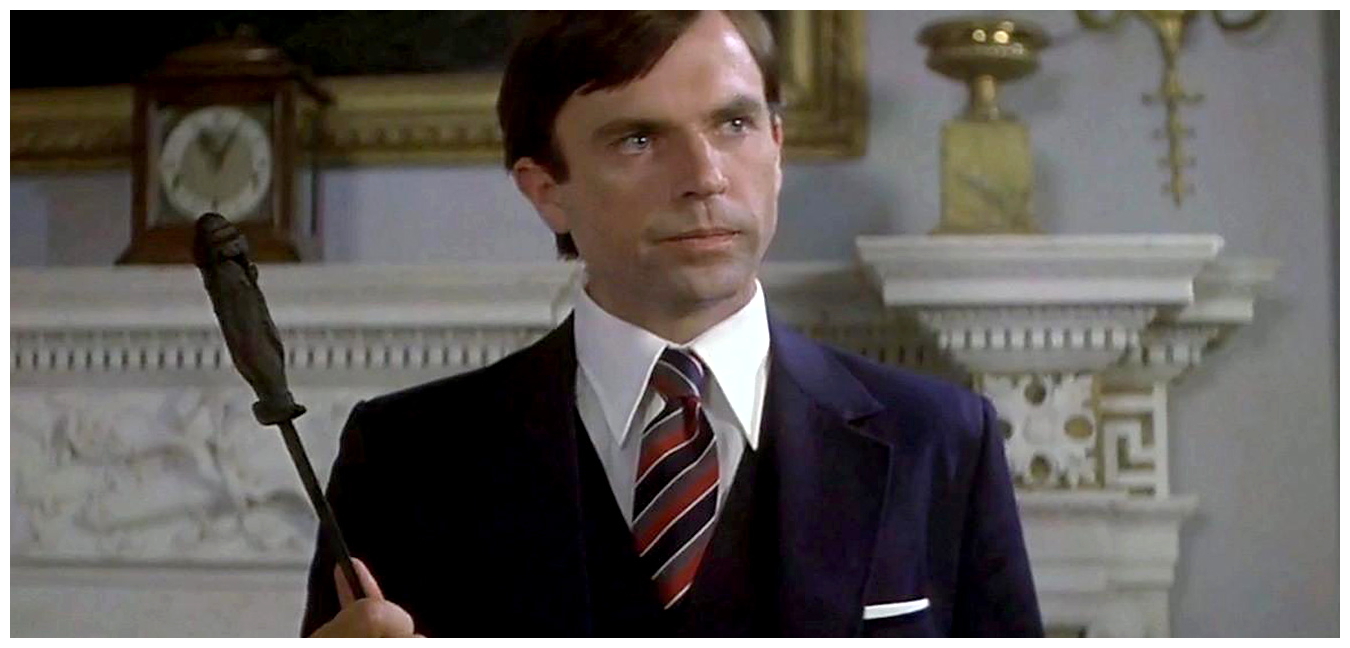
An impressive effort on the whole, but the ending is not as dramatic as it could have been and, even though the atmosphere bounces from materialistic to spiritual, it still gets a powerful message across about corporations and their link to politics. There are some elaborate and creative death sequences (stuntman Vic Armstrong broke records by falling backwards a hundred feet from a bridge), it moves at a decent pace, good performances, well-photographed, some nice scenery and a strong, layered script has a rather mean streak. The fourth and final film of the original series – Omen IV: The Awakening (1991) – reveals that Damien’s followers arranged for his biological daughter Delia (Asia Vieira) to be adopted by two attorneys, Gene and Karen York (Michael Woods & Faye Grant). While nothing seems wrong at first, unlike her father, Delia is fully aware of her powers as she terrorises her mother Karen. Karen finds herself pregnant and hires a detective to find out about Delia’s lineage. What follows is a string of bizarre accidental deaths before Karen gives birth to her son Alexander (Cydney McPherson) while falling into a paranoia as she tries to reveal her daughter’s true identity.

Though she learned that Delia is the daughter of Damien Thorn while holding her family Doctor Hastings (Madison Mason) at gunpoint, upon learning he is a Satanist, Karen learns that the reborn Antichrist is actually Alexander, Delia’s twin brother whose embryo was implanted into Karen. Though Karen was adamant to kill Alexander, she ends up committing suicide, leaving Alexander and Delia still alive to continue their real father’s work. The remake of the first film – The Omen (2006) – was directed by John Moore and stars Liev Schreiber and Julia Stiles. Receiving poor reviews, it was nevertheless a box office hit with a total gross of US$120 million. Just last year (2016) saw the release of the television series Damien, which follows the adult life of Damien Thorn (Bradley James). Damien is in his thirties and works as a war photographer who has forgotten his Satanic past. To help him face his true identity, Ann Rutledge (Barbara Hershey), who has protected Damien all his life, helps him embrace his Antichrist side, and clips from the original films are used in flashbacks. The series was cancelled after only ten episodes, but that’s another story for another time. I’ll quickly say my goodbyes and disappear into the night, but not before inviting you to return next week to sacrifice another ninety minutes of your precious life to witness dark depravities never before realised – well, almost never – with…Horror News! Toodles!
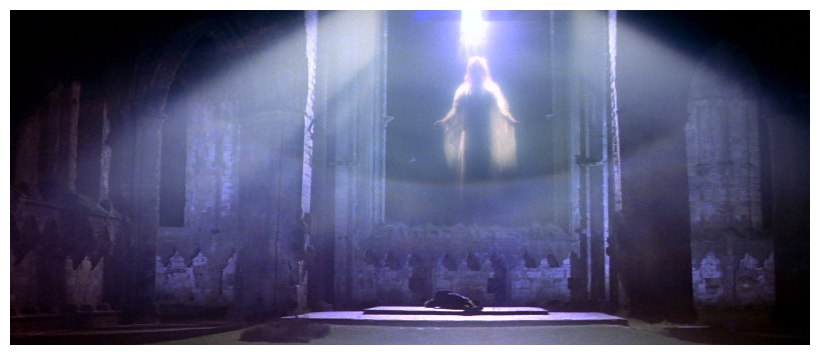
Omen III: The Final Conflict (1981)
 Horror News | HNN Official Site | Horror Movies,Trailers, Reviews
Horror News | HNN Official Site | Horror Movies,Trailers, Reviews
